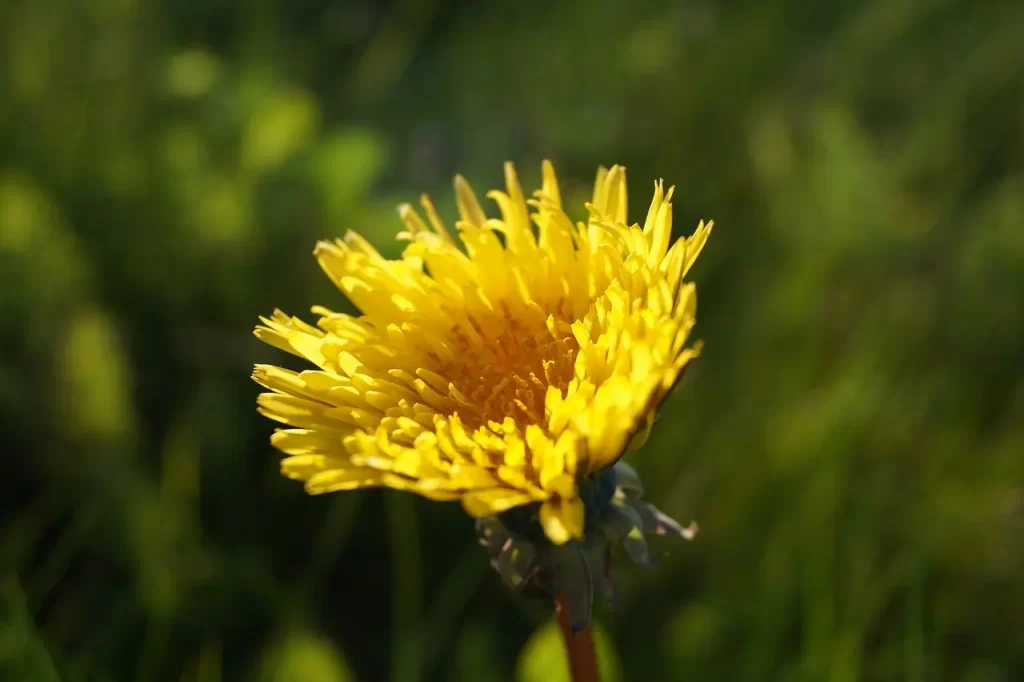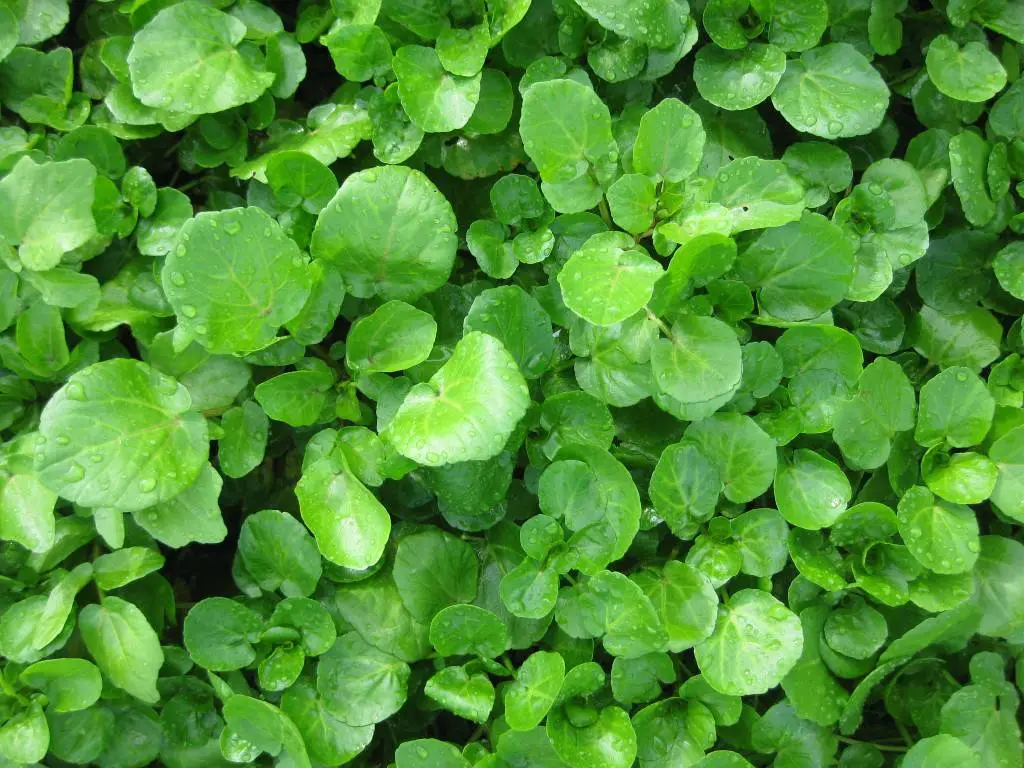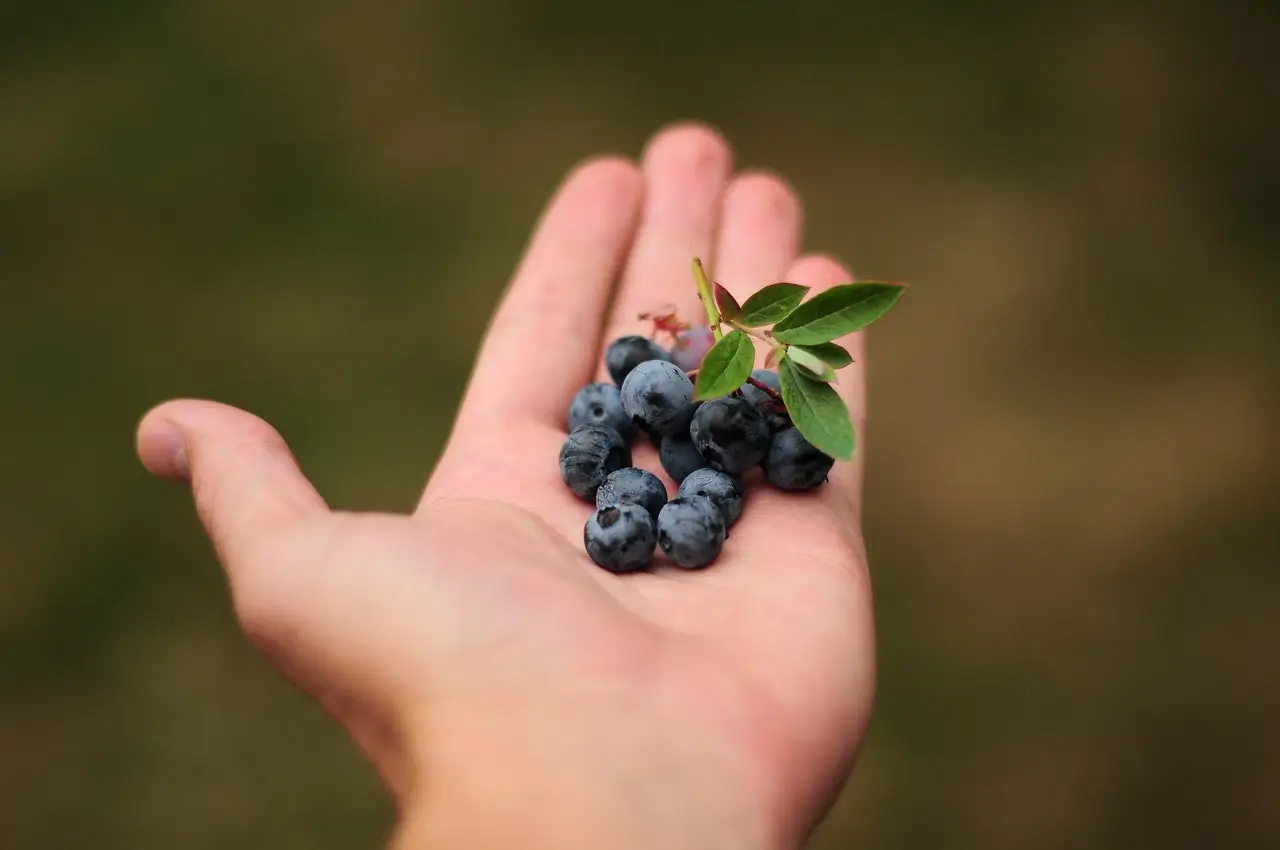What would you do if you run out of food during your outdoor adventure? We described here how to find water in nature. Yet, finding food in the wilderness is another issue. It depends on acquiring one, at least, of bushcraft skills. Foraging. Gathering something to eat, including edible wild plants. As long as you know which plants are worth picking.
How to identify poisonous plants?
Just remember the first rule of foraging. Only eat something if you are 100% certain of what the it is. Stay away from toxic plants which seem to have following characteristics;
- Too shiny, lively color,
- If the leaves or stems have thorns, hairs,
- Milky white sap and almond scented stems or trunks,
- Intensely bitter flavor.
List of edible wild plants
First to begin with : Dandelion (Taraxacum)

Known by everyone as a bright yellow flower which later becomes a white ball of seeds blown away in the wind. Part of the sunflower family, dandelion contains vitamins A,B, C and tastes wonderful. Abundant of calcium too, it is widespread and easy to notice. From bottom to top, dandelion is OK to eat.
The second of edible wild plants : Burdock (Arctium lappa)

Way to get powerful antioxidants and carbohydrates. It thrives along river banks, roadsides, and fields. Roots run deep and needs to be peeled along with stems, then cooked for 20 minutes. Leaves are edible as well.
How to recognize? If something sticks to your clothing thanks to its annoying burrs while foraging, that thing is probably burdock. Purplish-pinkish spiky petals at the top enable flowers cling to anything they can, so as to disperse seeds. Large, heart-shaped leaves growing up to 50 centimeters in size help you name which plant you are looking at.
Garlic Mustard (Alliaria petiolata)

Follow garlic odor till there appears four white sepals circling round petite flowers and pronounced veins on deep green leaves. Garlic mustard is one of edible wild plants that are widely available, spread out through much of the world. Moreover, it doesn’t require any process to eat (apart from the roots).
Wood Sorrel (Oxalis)

Clover or not? Doesn’t matter. Neither of them is inedible. Heart-shaped leaflets having a center crease and a mild flavor resembling lemons are distinguishing features of wood sorrel which prefers moist soil and shade. Being really low to the ground, they can be found in very large amount often.
Stinging Nettle (Urtica dioica)

Don’t be afraid of stingers encompassing the entire plant that is vitamin-rich food source used for centuries as medical purposes. Roll arrow-shaped leaves with teeth on the edges up to eat raw or make into a tea. To collect some, cover your skin lest those stingers cause an itch or burning lasts long.
Watercress (Nasturtium officinale)

Near a river or fresh flowing water? A big chance to come across huge swaths of water cress with strong peppery taste. Raw or not, this aquatic plant loving the shadows provides vitamin C and K, minerals and Omega-3.
Coneflower (Echinacea purpurea)

Daisy-like flowers, hedgehog-like spiny center cone. Resistant to heat and drought, cone flower offers leaves and petals to eat in land that is relatively dry. Its stem and center cone are out of options.
Wild Leek (Allium tricoccum)

Aka ramps or ramsons in North America, wild leek confuses foragers as though it was actually onion with flat, overlapping leaves forming an elongated cylindrical white bulb and the scent that is reminiscent of onions. Make sure you leave the bulb in the ground so that there continues more leeks to harvest.
Curly Dock (Rumex crispus)

Curly dock (or yellow dock) has pointed, slender leaves with a wavy edge to spot it having no difficulty and oxalic acid content stipulating that the only edible part, the leaves, should be boiled well before consuming. Keep eating it raw in very small quantities.
Broadleaf Plantain (Plantago major)

Broad, oval leaves and flowering shoots in spikes on erect. This plant is not only food to forage but also medicine that is good for treating diarrhea, digestive disorders, and burns, bites and wounds if put on after chewing some up. It reduces swelling and pain drastically.
Red Clover (Trifolium pratense)

Belonging to the same family as peas and beans, red clover is an another precious herb to seek in the wild. For beginners, it is nutritionally valuable, full of liquid and very distinctive. A dark-pink colored flower head and leaflets with chevron patterns right in the middle. Nevertheless, avoid overeating these sweet flowers and the latter because of stomach upset.
Berries

The sweetest gifts of mother nature. Berries are the last edible wild plants of our list. Elderberry, blackberry, cranberry, and many others with the ‘berry’ suffix. Low in calories but high in fiber, vitamins and antioxidant polyphenols. They are great to improve blood sugar and insulin response, to let body use sugar as energy efficiently. When unripe, do not eat a berry since some species of them might be poisonous to human (such as mulberry and elderberry).
For more, visit ediblewildfood.com.



